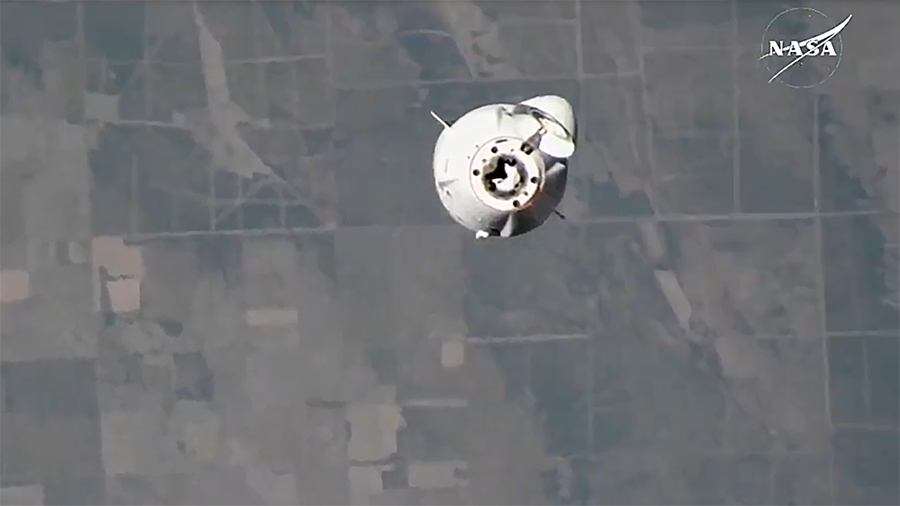
New science experiments and research samples delivered aboard the SpaceX Dragon cargo spacecraft on Tuesday are being installed today aboard the International Space Station. Meanwhile, more science and lab maintenance continued ensuring the upkeep of the orbital outpost.
The four NASA astronauts representing the Expedition 72 crew, Flight Engineers Don Pettit, Nick Hague, and Butch Wilmore, and Commander Suni Williams, spent the day unloading the research-packed Dragon that arrived on Tuesday, Nov. 5. The quartet quickly transferred the advanced research hardware and temperature-sensitive specimens into the space station and installed them into research racks and cold storage.
Pettit entered Dragon and removed new space biology hardware to explore space-caused inflammation changes then installed it inside the Kibo laboratory module for activation. Hague partnered together with Wilmore and disconnected Dragon’s portable science freezers containing critical science samples then installed them in station EXPRESS racks for upcoming processing and analysis. Williams also participated in the Dragon science hardware transfers before joining Wilmore to unpack frozen research sample bags for stowage in a variety of station science freezers.
The space station’s three cosmonauts, Alexey Ovchinin, Ivan Vagner, and Aleksandr Gorbunov, spent Wednesday on their task list of Roscosmos science experiments and lab maintenance.
Ovchinin and Vagner worked together throughout the day in the Zvezda service module setting up an X-ray spectrometer that was delivered aboard the Progress 89 resupply ship on Aug. 17. The duo installed cables and electronics components to support the astrophysics observation study that will be installed outside the orbital lab on a later date. Gorbunov closed out an experimental session observing Earth’s nighttime atmosphere in near-ultraviolet wavelengths then spent the rest of his shift servicing electronics and life support systems.
Learn more about station activities by following the space station blog, @space_station and @ISS_Research on X, as well as the ISS Facebook and ISS Instagram accounts.
Get the latest from NASA delivered every week. Subscribe here: www.nasa.gov/subscribe
